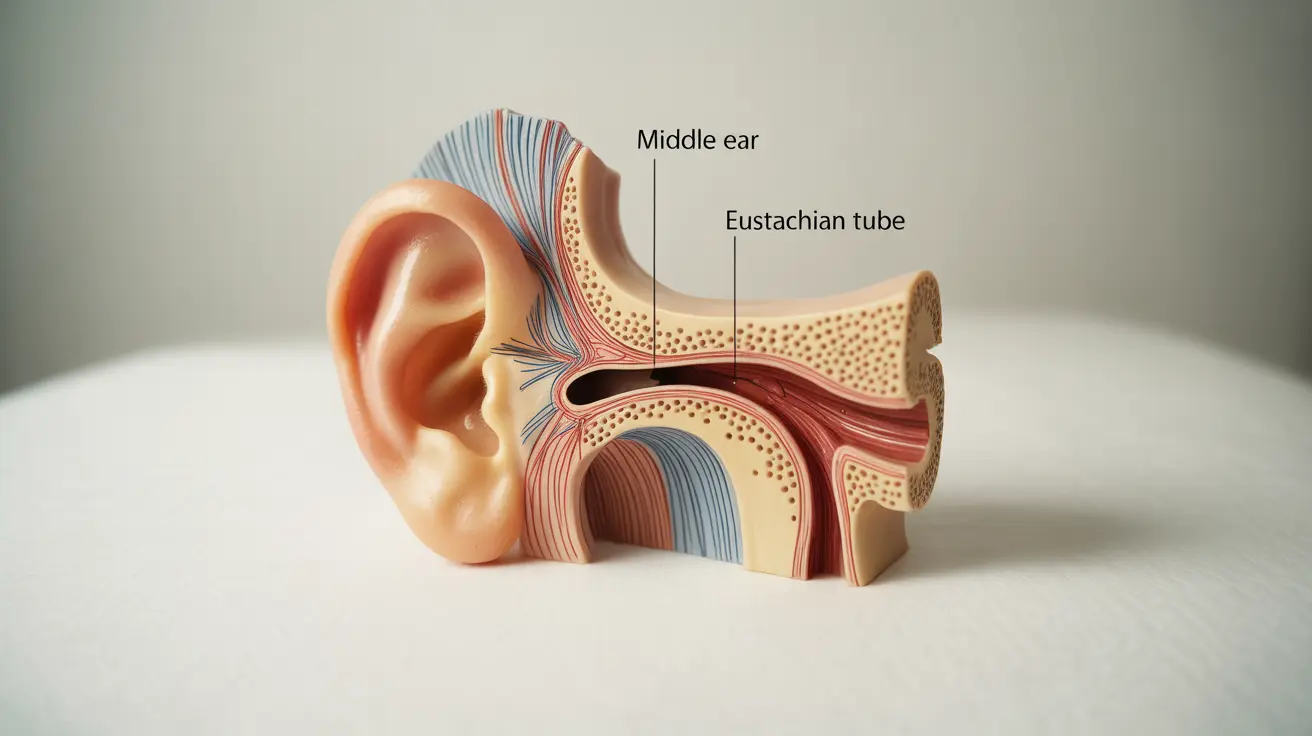Comprehensive Coverage Under Medicare Plan F in 2019
Medicare Plan F offered the most extensive coverage of all Medicare Supplement plans through 2019. The plan covered all out-of-pocket costs not paid by Original Medicare, including:
- Medicare Part A deductible and coinsurance
- Medicare Part B deductible and coinsurance
- Part B excess charges
- Skilled nursing facility care coinsurance
- Foreign travel emergency coverage (up to plan limits)
- Blood (first 3 pints)
Eligibility and Availability After 2019
Due to the Medicare Access and CHIP Reauthorization Act (MACRA), Medicare Plan F underwent significant changes after 2019. The plan is no longer available to newly eligible Medicare beneficiaries who turned 65 on or after January 1, 2020.
However, beneficiaries who were eligible for Medicare before January 1, 2020, can still:
- Keep their existing Plan F coverage
- Switch between different Plan F carriers
- Enroll in Plan F if they were Medicare-eligible before 2020
Cost Considerations and Premium Changes
While Plan F historically offered comprehensive coverage, it typically came with higher monthly premiums compared to other Medigap plans. Several factors affect Plan F premiums:
- Geographic location
- Insurance carrier
- Age and gender
- Enrollment timing
- Tobacco use status
As the pool of Plan F enrollees decreases due to the 2020 changes, some experts predict potential premium increases for remaining policyholders over time.
Alternative Coverage Options
For those ineligible for Plan F, Medicare Supplement Plan G has emerged as a popular alternative. Plan G offers nearly identical coverage to Plan F, with one key difference: beneficiaries must pay the Medicare Part B deductible themselves.
Key considerations when comparing plans include:
- Annual cost differences between premiums and deductibles
- Long-term premium stability
- Individual healthcare needs and usage
- Financial preferences for monthly costs versus out-of-pocket expenses
Frequently Asked Questions
What coverage did Medicare Supplement Plan F provide in 2019 that made it popular?
Medicare Supplement Plan F was popular because it covered 100% of gaps in Original Medicare coverage, including all deductibles, copayments, and coinsurance. It was the only plan that covered both Medicare Part A and Part B deductibles, making it a comprehensive "set-it-and-forget-it" option for beneficiaries.
Who was eligible to enroll in Medicare Plan F after 2019, and why is it no longer available to new beneficiaries?
After 2019, only beneficiaries who were eligible for Medicare before January 1, 2020, could enroll in Plan F. The plan was discontinued for newly eligible beneficiaries due to MACRA legislation, which aimed to ensure beneficiaries had some "skin in the game" regarding healthcare costs.
How do the costs and benefits of Plan F compare to alternatives like Plan G for Medicare enrollees?
Plan F typically has higher monthly premiums but covers all out-of-pocket costs. Plan G offers identical benefits except for the Part B deductible, often resulting in lower monthly premiums. Many beneficiaries find Plan G more cost-effective overall, even with paying the Part B deductible themselves.
Can existing Medicare Plan F policyholders keep their coverage after 2019, and are there any changes to premiums?
Yes, existing Plan F policyholders can maintain their coverage indefinitely. However, premiums may increase over time as the pool of Plan F enrollees shrinks, potentially making the plan more expensive for those who retain it.
What out-of-pocket expenses does Medicare Supplement Plan F not cover?
While Plan F covers all Medicare-approved expenses, it doesn't cover services outside Original Medicare's scope, such as dental care, vision services, hearing aids, prescription drugs, or long-term care. These services require separate insurance coverage or out-of-pocket payment.




